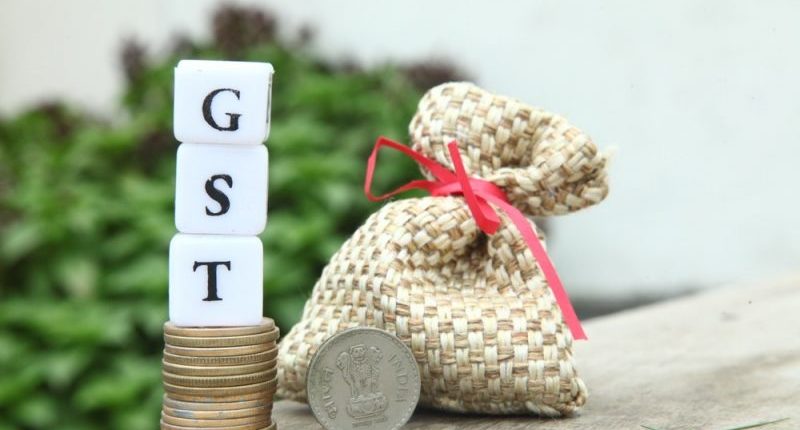The Finance Ministry issued Central Tax (Rate) notifications late last week notifying the revised GST rates on several goods. The apparel industry saw a uniform rate revision at 12% GST to correct the inverted duty structure. This GST rate will apply to yarn, various kinds of fabrics, apparel, man-made fibres (MMF), sewing threads of man-made filaments, all apparel, etc., and will be effective from January 2022.
At present, MMF is taxed at 18%, while MMF yarn and MMF fabrics are taxed at 12% and 5%, respectively. On apparel, the current rate is 5% on garments costing Rs.1,000 per piece.
With regard to footwear, the GST rate has also been increased from 5% to 12% for shoes costing up to Rs.1,000 per pair.
In the 45th GST Council meeting held in September 2021, the Council decided to correct the anomalies in the apparel and footwear sectors. The higher GST rate on inputs and the lower rate on finished goods had led to an accumulation of input tax credits and cascading costs. Even though the excess input tax credits could be claimed as a refund, it led to an increase in the compliance burden, among other challenges.
Before the Council’s decision, industry groups had made representations to bring the textile supply chain under the 5% GST slab. Now, while the Council has delivered its promise to correct the inverted duty structure, the 12% GST rate is a blow to micro, small and medium businesses. They fear that this increase in GST will increase the prices of finished goods for the commoner, decreasing demand.
The increase in GST is not the only reason apparel manufacturers fear inflation of costs. The prices of raw materials, freight, and packing materials are already on an upswing. Consumers can expect a 15-20% price increase in the upcoming months without even accounting for the additional GST. In India, it is to be noted that over 80% of the market consists of garments priced below Rs.1,000 per piece.
The Clothing Manufacturers Association of India (CMAI) is disappointed with the change in rates and is trying to convince the government not to go ahead with this move.
For any clarifications/feedback on the topic, please contact the writer at athena.rebello@cleartax.in

I’m a Chartered Accountant by profession and a writer by passion. ClearTax lets me be both. I love travel, hot tubs, and coffee. I believe that life is short, so I always eat dessert first. Wait.. life is also too short to be reading bios… Go read my articles!




